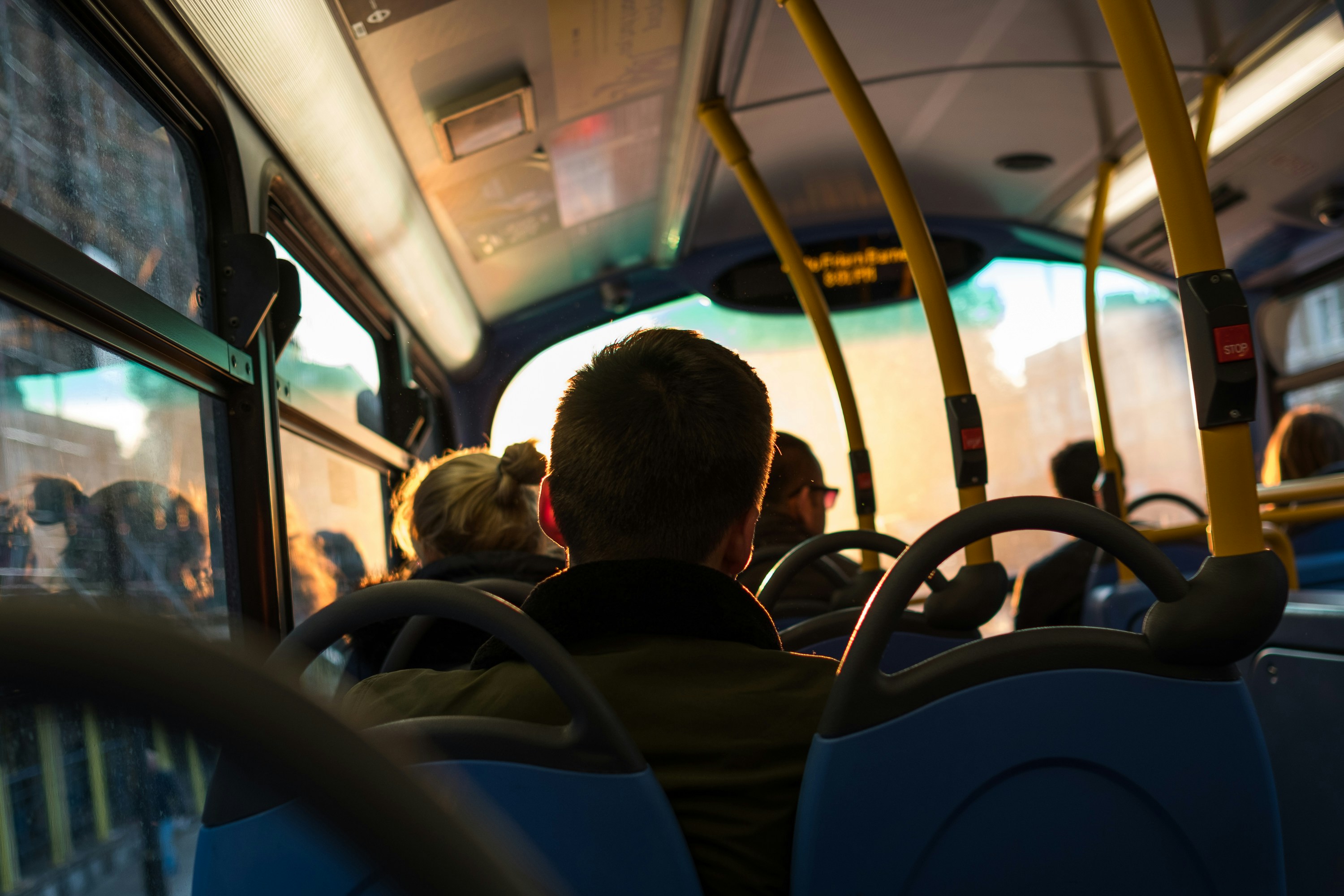How modern journey planning and ticketing solutions include the most vulnerable riders

Public transportation is only truly effective when it works for everyone.
On the flipside, it’s not doing its job when it makes journeys more complex or challenging for more vulnerable groups like older adults, persons with disabilities, neurodiverse riders, low-income travelers, and those who live in remote or rural areas.
At Kuba, we design user-focused solutions for journey planning and fare collection that support public transport’s core mission to leave no rider behind. They break down barriers and help build independent, confident, and inclusive journeys for all.
Let’s take a look at how they do that!
| Rider group | Technology | Inclusive features |
| Seniors | Account-based ticketing (ABT) |
With account-based ticketing, registered users can link concession eligibility to their rider profile. Using their preferred travel token – either a transit smartcard, or their bank card or mobile device – they can use simple, tap-to-ride systems, accessing concessions like senior fare discounts on-the-go. Read more about how Kuba empowers older people on public transport here. |
|
Neurodiverse riders |
Mobility-as-a-Service (MaaS) app |
Travel is less stressful when you have a single app that allows you to: plan multimodal journeys; book and pay for transit tickets; access real-time travel information; and report safety or security concerns. Neurodiverse (or anxious) riders benefit from simple planning tools, seamless connections, and reliable updates. Map-based navigation and real-time alerts build confidence among those who might otherwise feel overwhelmed using public transit. Read about how to consider the needs of neurodiverse riders here. |
| Low income riders |
Contactless Pay-as-you-Go |
Contactless systems with fare capping achieve what period passes cannot – equitable access to frequent traveler discounts without a big upfront investment. Riders who live on the breadline – whose transit costs are among the most expensive outlays they must budget for – can access the best value fares automatically when fare caps are triggered. In addition, there are schemes available – like Cal-ITP Benefits – that can link a rider’s travel token, such as a bank card, with their eligibility for a concession, enabling further PAYG fare discounts. It’s possible that such schemes could be used to verify a rider’s use of food and nutrition services like CalFresh to indicate low income status. This way, those facing financial pressures can receive reduced fares for transit when paying by contactless credit or debit card, or a linked mobile wallet. No fuss, no embarrassment, just a fair fare for those in need applied effortlessly! |
|
Rural/Remote Riders |
Mobility-as-a-Service app |
Mobility apps create what public transit networks often can’t achieve alone – reach into the most remote and rural parts of the region it serves. With on-demand, microtransit, paratransit and active travel services brought together into a joined-up journey planning and ticketing interface – riders in under-served communities can book journeys from A to B, and are less dependent on private cars. Access – to jobs, education, healthcare and leisure – is much less limited by geography or the frequency of public transit services. |
Building communities of confident passengers
Through inclusive journey planning and transit ticketing technology, Kuba is helping all riders – no matter their age, confidence level, or background – feel safer, more in control, and more welcome on public transit.



